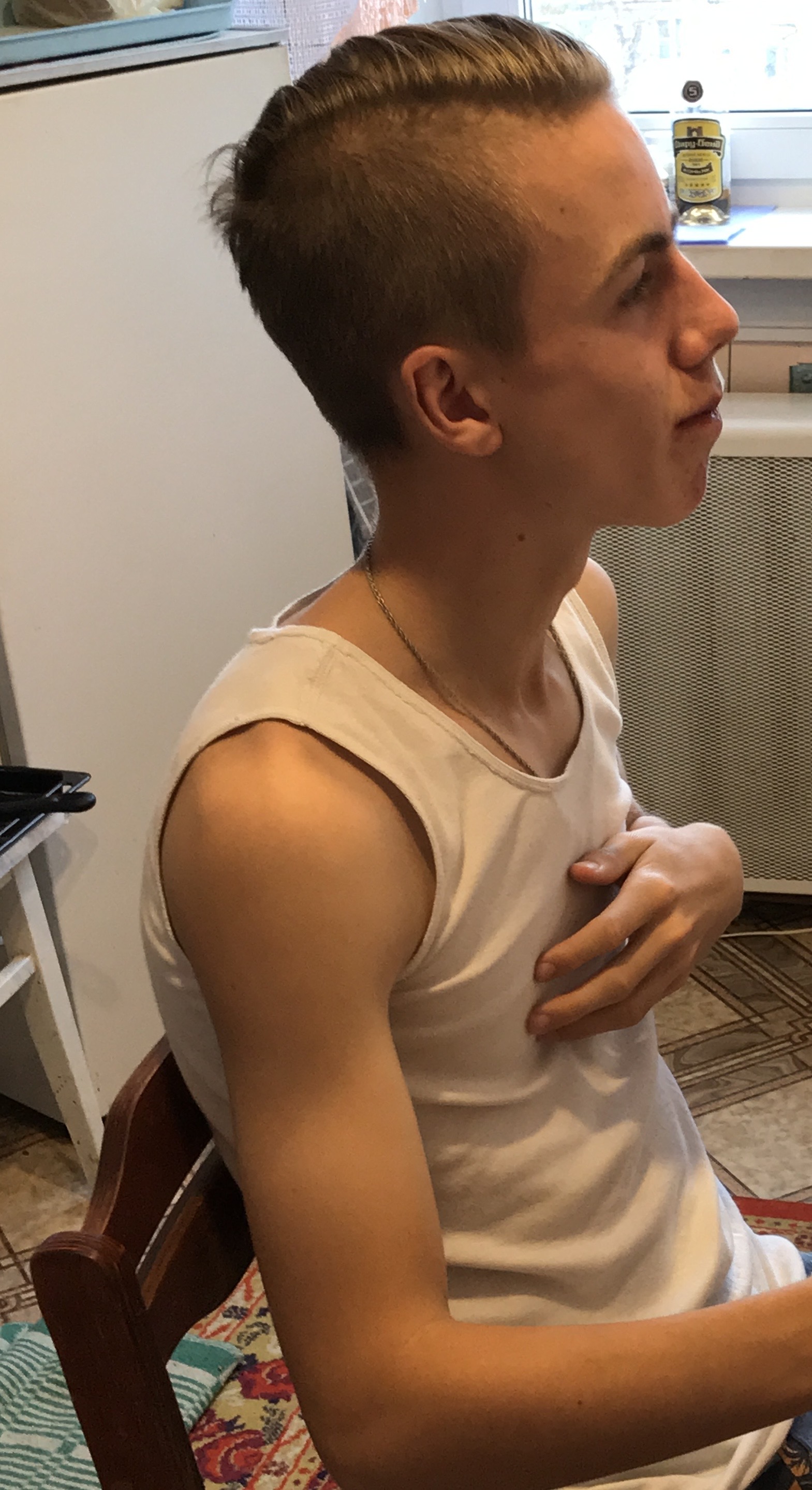My approach to streetlifting & calisthenics
I’ve been training in streetlifting and calisthenics for 18 months now. Currently: 75 kg dips × 10 reps, 45 kg pull ups × 10 reps, 2-3× handstand push-ups, 90% no-dip muscle-ups.
This is (almost) everything I know and will keep adding to it. I’ve paid almost $10K in coaching for this.
If you want to do skills like 90-degree handstand push-ups, no-dip muscle-ups, planche, front lever, one-arm pull-ups, maltese, etc., there are two paths.
- Train for these skills specifically and learn them in 1–4 years (depending on your existing strength, height, limb lengths, and body weight) and stay a skinny legend.
- Or learn them in 1–3 months with strong basics and get pretty big.
Option 2 is more appealing to me.
The foundation comes from having strong basics in two movements: dips for pushing and pull-ups for pulling.
For example:
- If you can do 20 kg pull-ups for 10 reps, you can do a muscle-up.
- If you can do 40 kg dips for 10 reps, you can do a handstand push-up.
Even if you just want the skills (this was me), my strong suggestion is to reach the above requirements before you start learning skills.
Correct Form
Dips
- Controlled down and explosive up
- 90 degrees with your elbow
- Crunch over to move pressure from shoulders to chest
Bad Dips Form - not controlled going down and caused me multiple injuries:
Good Form - lighter weight:
Good Form - heavier weight:
Pull Ups
- At least chin to bar, ideally over
- Slight false grip for better pulling
- Explosive pulling up
- Don’t need to slow eccentric
Body Weight:
Lighter weight:
Heavier weight:
Beginner (you haven’t touched a weight)
Your sole focus is progressively overloading pull-ups and dips.
Example 5-day cycle:
- Day 1: Push
- Day 2: Rest
- Day 3: Pull
- Day 4: Rest
- Day 5: Legs (optional)
On Push days: dips + one chest-press movement
On Pull days: pull-ups + one row movement
For the fastest progress possible and to take advantage of newbie gains, I used the two-set method:
- First set to failure at 10 reps, then add weight next session
- Second set to failure at 15 reps, then add weight next session
If you can’t yet do body-weight dips or pull-ups, apply the same logic with resistance bands. And if you struggle with progressing your pulling movements, do 8 and 12 reps.
After heavy weighted dips and pull-ups, I recommend using machines for your second compound movements. At that point, systemic fatigue will be high, and it’s harder to progress safely and effectively on free-weight bench and rows. Machines let you push hard with less demand on stabilisers and the nervous system.
Your pull workout might look like the following:
- Warm-up stretching
- 6–8× band pull-ups
- 4× body-weight or lighter-band pull-ups
- 4× 25% working-weight pull-ups
- 4× 50% working-weight pull-ups
- First working set pull-ups (aim for 10 reps)
- Second working set pull-ups (aim for 15 reps)
- 4× 25% working-weight seated cable row
- 4× 50% working-weight seated cable row
- First working set seated cable row (aim for 10 reps)
- Second working set seated cable row (aim for 15 reps)
- Cool-down stretching
Four sets to true failure on two compound movements is more than enough volume, given the high intensity, and you shouldn’t feel like doing any more. If going to failure, rest 5–7 minutes between compound-movement sets.
Using the two-set method, I went from body weight to 55 kg dips and 35 kg pull-ups for 10 reps in just three months and went from 65 kg to 75 kg body weight, putting on little to no fat. It’s incredibly effective for fast strength gains, but also has the highest injury risk. I had elbow injuries from tight forearms and triceps because your joints and tendons can’t adapt as quickly as your muscles.
Intermediate (time to start learning skills)
Once you have 40 kg dips × 10 reps and 20 kg pull-ups × 10 reps, you can start learning skills.
Most high-level calisthenics athletes don’t combine heavy weight training with skill work at the same time. It’s hard to balance recovery, and advanced skills like planche or one-arm pull-ups hit both push and pull muscles, making it hard to program.
But you can with a 9-day cycle:
- Day 1: Push
- Day 2: Pull
- Day 3: Rest
- Day 4: Push skill
- Day 5: Pull skill
- Day 6: Legs
- Day 7: Push skill
- Day 8: Pull skill
- Day 9: Rest
To start, I’d do muscle-ups and handstand push-ups as two skills, as they have pretty low interference (this is what I’m doing now).
Powerlifting method
Keep using the two-set method until you plateau. If you hit a plateau, do a deload workout the next week (80–90% of working weights, depending on how fatigued you are), then go for some weight again, and if you don’t progress, then you’ve plateaued.
Now we use a safer, less intense method for more stable progress. The order will look like:
- Two-set method
- Three-set method: 3 sets of 8 reps, increase weight once last set is two reps from failure.
- Four-set method: 4 sets of 6 reps, increase weight once last set is two reps from failure.
- Five-set method (where I’m at now): 5 sets of 5 reps, increase weight once last set is two reps from failure.
Usually, you can tell if you’re 2–3 reps from failure if you could do the last set non-stop reps (without stopping between).
Taking things more seriously
-
Use chalk & zinc-oxide tape for grip: Don’t let a bad grip on a set impact your progress. Chalk up for dips and pull-ups, and tape the pull-up bar for extra grip.
-
Document all sessions: Note how many non-stop vs dead-stop reps per set, even going from 4x non-stop/1x dead-stop to 5x non-stop reps is a progressive overload.
-
Stay well hydrated and nourished: Eating enough food for skinny legends (like me) is the biggest blocker for progress, which is a problem I’m dealing with right now. Will do a deeper write-up on this.
-
Stick to strict resting times: Over or under-resting between sets can affect recovery and focus.
-
Keep motivation high: Whatever music you need to blast, grim thoughts you need to think, or pictures of your ex you need to look at to motivate yourself before your workout, do it. It can be the difference to push that extra rep.
-
Minimise distractions: I used to have a towel on my head between sets so the gym baddies couldn’t distract me between sets. You should be constantly thinking about the rep number you’re going to hit in your next set.
Learning Skills
Muscle Ups
- Get 20kg pull-ups, 10× reps
- Do attempts
- Get cleaner
My first muscle up attempt (before I started training weights):
Muscle ups with kip:
Clean (current):
Handstand Push Ups
- Learn handstand
- Do negatives
- Half reps
- Full reps (currently)
Learn handstand:
Do negatives:
Half reps:
Full reps:
Advanced
Still collecting notes here. Topics coming soon:
- How to break out of plateaus
- How to deal with injuries
- Nuances of approaching each set
- How to warm up and cool down
- When to take deloads
- What accessories to train for risk prevention
Physique progress
Before 2018 - skinny legend:
Arms like sticks:

Before 2022 - still skinny legend:

3 months of training – 66 kg:
12 months training – 75 kg: